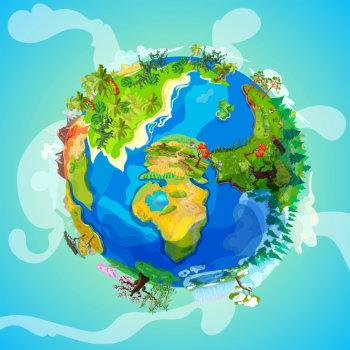Climate Change

Climate change is currently one of the biggest threats to public health and is already having a serious impact on people’s health and well-being. Climate change is linked to increased frequency of natural disasters, negatively impacts food security and water and air quality, and can exacerbate the risks of vector-borne diseases. Climate change is expected to disproportionately impact already vulnerable individuals and result in forced migration and civil conflict globally.
Despite what some say, the science is clear: climate change is happening, with human activities as the main cause. Collective action is needed to slow and respond to climate change.
Climate Change and Mental Health
Climate change can increase stress and anxiety, having a negative impact on one’s mental health. While everyone is at risk, children, the elderly, and those with close ties to the land are at increased risk for experiencing mental health problems as a result of climate change. Victims of natural disasters have increased rates of depression, suicide, PTSD, and anxiety. For example, after a severe drought in the 1980s, suicide rates doubled and more than 900 farmers in the Midwest committed suicide. People are not only impacted by experiencing the effects of climate change themselves, but pop-culture and media representation of climate change can also impact mental health.
The Impact of Disaster on Children
Over the past few decades, a deeper understanding of the impact of natural disasters on children has been reached. While children are resilient, many still have significant reactions to the trauma linked to experiencing a natural disaster and these reactions can be long-lasting. For example, half of children surveyed in the school year following Hurricane Katrina had clinically significant symptoms of depression and/or post-traumatic stress disorder.
When helping children in the aftermath of natural disasters, it’s important to acknowledge children’s distress, keep developmental stages in mind, use schools as a resource, be aware of ancillary consequences, and consider cultural differences.
Resources
|